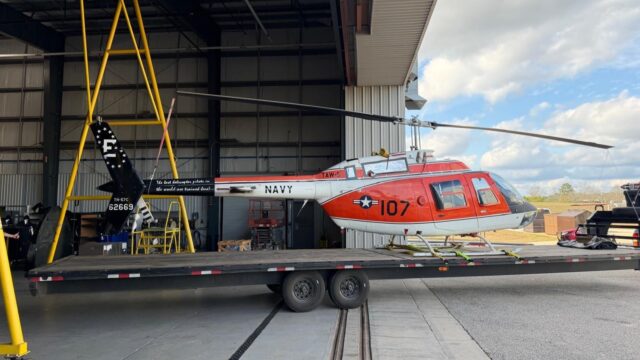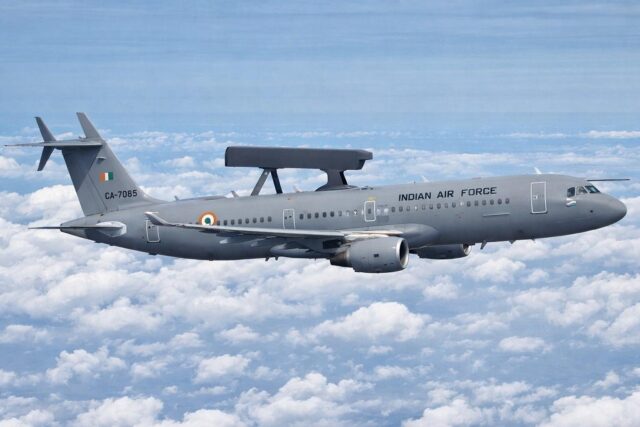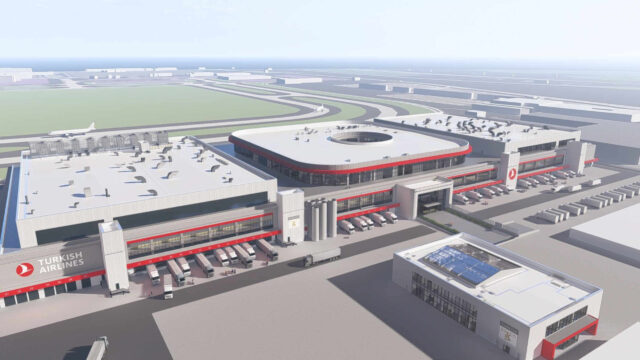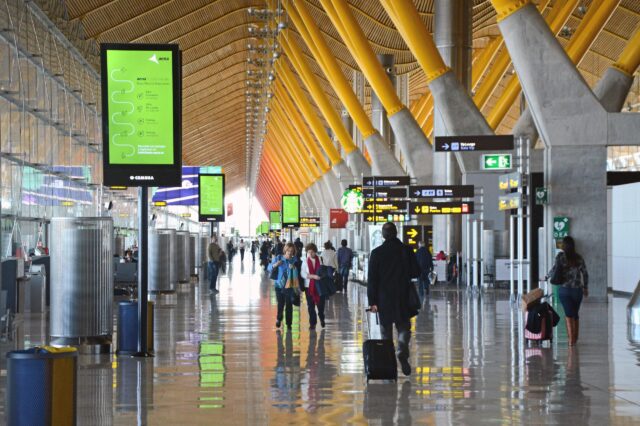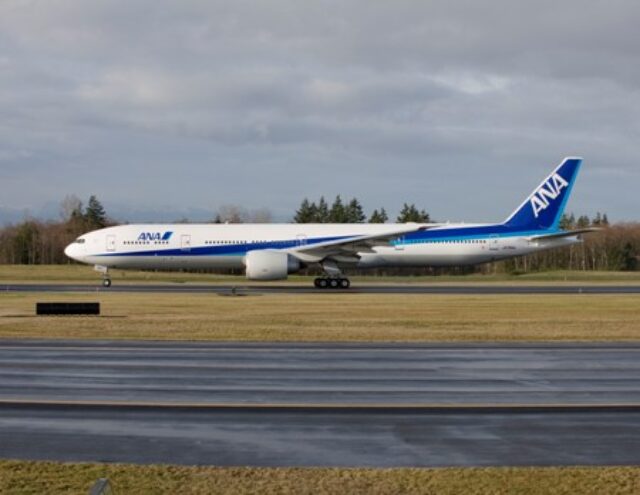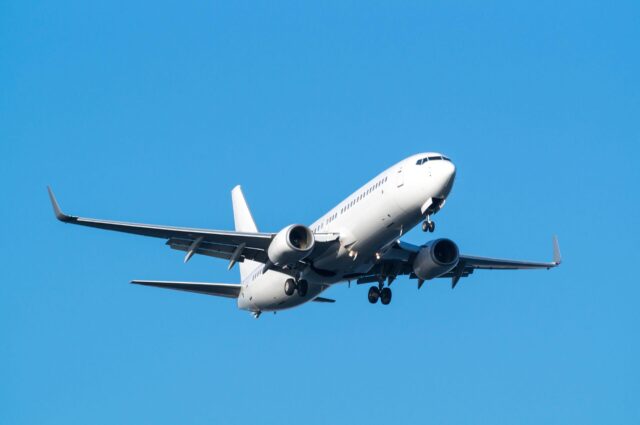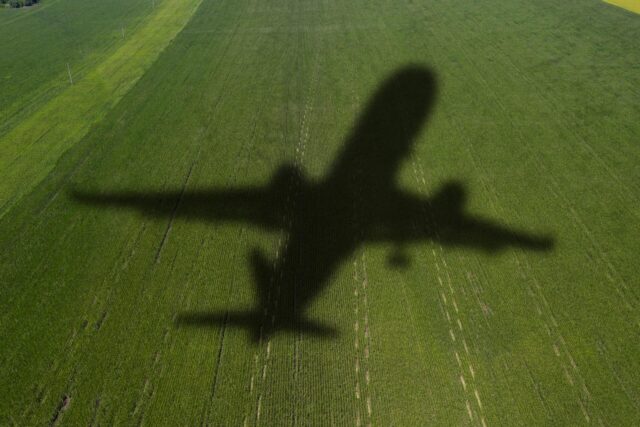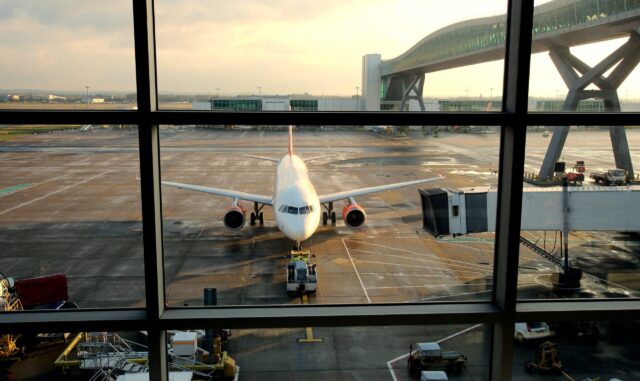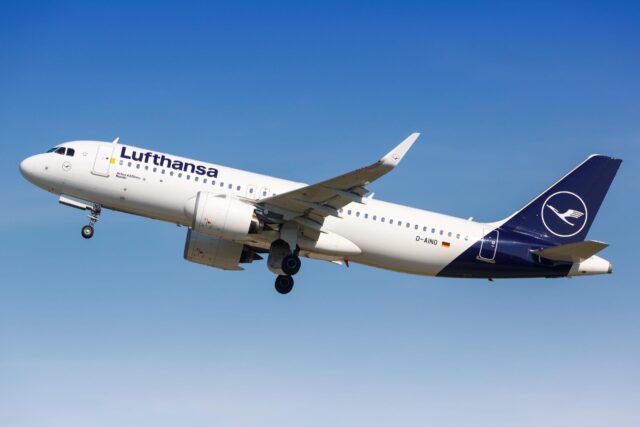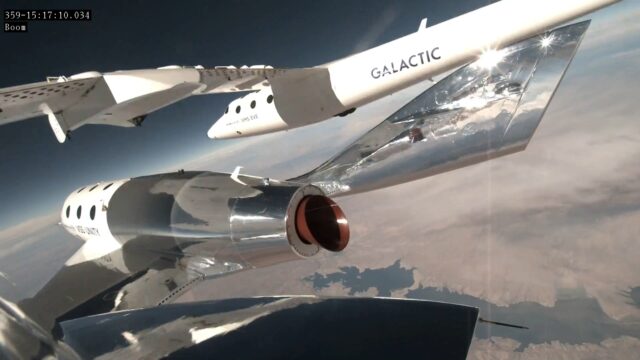Air India Boeing 787 crash latest: RAT deployed, engines were new

June 21, 2025

Details continue to creep out regarding the tragic Air India crash on June 12.
Experts from India’s Aircraft Accident Investigation Bureau are probing the crash with assistance from the UK, the US and officials from Boeing.
With both elements of the so-called ‘black box’ – the Cockpit Voice Recorded and Flight Data Recorder – now in the hands of investigators, hopes are high for a preliminary report in less than a month.
The aviation ministry said in a statement on Thursday, 19 June, that India’s Aircraft Accident Investigation Bureau (AAIB) has completed all the key recovery work, including site documentation and evidence collection, and that analysis is now underway.
The Directorate General of Civil Aviation (DGCA) said on Tuesday, 17 June, that surveillance conducted on Air India’s Boeing 787 fleet did not reveal any major safety concerns. Separately, Tata Group chairman N Chandrasekaran gave further details on the engines that the fated aircraft was using.
Here’s all the latest on the Air India disaster, updated Saturday, 21 June.
Air India owner says engines were new
According to reporting in Times Now, the engines on the Air India aircraft that crashed were relatively new and not due for service or inspection for some time.
“The right engine was a new engine put in March 2025,” the airline’s chairman N Chandrasekaran told the outlet. “The left engine was last serviced in 2023 and (was) due for its next maintenance check in December 2025”.

In the first one-to-one interview since the crash, the chairman assured that no ‘red flags’ were apparent for this aircraft.
“There are a lot of speculations and a lot of theories,” he told Times Now. “But the fact that I know so far is this particular aircraft, AI-171, that particular tail, had a clean history.”
Chandrasekaran added that it may be a month before the preliminary report into the ancient is available.
DGCA gives Air India 787s a clean bill of health
The Directorate General of Civil Aviation (DGCA) conducted a focused review of Air India’s Boeing 787 fleet. It reported that no “major safety concerns” were identified in the aircraft, systems, or maintenance operations.
Out of 33 Dreamliners, 24 have successfully undergone DGCA-mandated “enhanced safety inspections,” with a more in progress.
While the aircraft were deemed safe, the DGCA raised concerns regarding certain maintenance and internal operational practices at Air India.
The airline was advised to improve coordination across engineering, ground handling, and operations, and to ensure spare parts availability to minimise delays.
Separately, Air India has been issued a show-cause notice for breaching crew duty time regulations, and warned about widespread breaches of crew scheduling requirements by the regulator.
Did the Air India 787 have the RAT deployed before crash?
Aviation experts and keen eyed observers have suggested that footage of the crash shows the Ram Air Turbine (RAT) deployed before the aircraft crashed.
⚡️🇮🇳 The crash video of the recent Air India Boeing 787 inciden shows the a deployed Ram Air Turbine (RAT) deploying at the beginning of the footage
— SARANG (@Indian242242) June 12, 2025
The RAT is a small,emergency turbine tht deploys automatically to provide hydraulic &electrical power when both engines lose power pic.twitter.com/IZAw5ww2e8
The RAT is a small propellor-like device that deploys automatically in the event of a dual engine failure or a major failure of onboard electronics or hydraulics.
The Wall Street Journal claims accident investigators believe the RAT was indeed deployed, and that the question now is why.
Black boxes ready for analysis
The CVR and FDR were recovered a few days after the accident, with the FDR found on a nearby roof.
Both units are now securely in custody of the AAIB in India. One shows significant external damage, likely from the crash or subsequent fall, which may impact data recovery.
India’s newly opened AAIB black box lab in New Delhi has begun preliminary decoding efforts, but due to the extent of damage, that facility may not be equipped enough for full data retrieval.
Investigators are considering sending at least one of the recorders, potentially both, to a third party such as the NTSB in the United States or the UK’s Air Accident Investigation Branch.

According to the Hindustan Times, the aviation ministry said that no decision has yet been made on who will take responsibility for data extraction from the flight recorders. It said,
“The decision regarding the location for decoding the flight recorders will be taken by the (Indian) AAIB after due assessment of all technical, safety, and security considerations.”
Boeing CEO meets in India as Boeing 787 inspections continue
According to reporting in Reuters, Boeing’s CEO Stephanie Pope met with the Chairman of Air India on Monday, 16 June.
According to unnamed sources, Pope met Air India Chairman N. Chandrasekaran at the airline’s headquarters in Gurugram, near New Delhi airport.
Pope had cancelled her attendance at the Paris Air Show following the accident.
India’s aviation regulator has ordered all Boeing 787s being operated by local carriers to be inspected.
Aviation Minister Ram Mohan Naidu confirmed that extended surveillance is being conducted on the 34 Dreamliners currently operating in India, 33 operated by Air India and one by IndiGo.

While the aircraft have not been grounded, additional checks are underway, including engine fuel system reviews, take-off parameter assessments, and electronic engine control tests for those fitted with GEnx engines.
Air India has trimmed its long-haul schedule in the wake of the accident, in order to free up aircraft for inspection.
Compensation paid to families
Tata Sons has extended financial assistance of ₹1 crore (approximately $120,000) to the victims of the plane crash.
“We will also cover the medical expenses of those injured and ensure that they receive all necessary care and support,” Tata Chairman Chandrasekharan, had said in a statement.
In addition, Air India announced an interim payment of ₹25 lakh (approximately $30,000), bringing the total support amount to ₹1.25 crore (approximately $150,000).
“Air India stands in solidarity with the families of the passengers who tragically lost their lives in the recent accident,” it said in a statement on Saturday.
One single surviving passenger walks away from the wreckage
Of the 242 people on board – 230 passengers and 12 crew – all perished in the crash, except for one man.
Vishwash Kumar Ramesh, a British national, escaped the wreckage through a broken emergency exit. Amazed onlookers filmed him walking towards an ambulance, disoriented and covered in cuts and bruises, but alive.
JUST IN: Vishwash Kumar Ramesh was the sole survivor of the Air India Boeing 787 crash, according to India Today.
— Collin Rugg (@CollinRugg) June 12, 2025
Ramesh, 40, says there was a loud noise after takeoff.
“Thirty seconds after take off, there was a loud noise and then the plane crashed. It all happened so… pic.twitter.com/odls9uFKXK
The miraculous escape of the man in 11A is a small silver lining in one of the worst aviation tragedies for a decade.
What happened to Air India Flight 171?
AI171 is a regularly scheduled service between Amhaedabad’s Sardar Vallabhbhai Patel International Airport and London’s Gatwick Airport.
On Thursday, an 11-year-old Boeing 787 Dreamliner, registration VT-ANB, lined up to operate the flight.
Onboard were 242 souls, 230 passengers and 12 crew members. Air India says the passengers included 169 Indian, 53 British, 1 Canadian and 7 Portuguese nationals.
According to data from Flightradar24, the aircraft was scheduled for a 07:50 UTC takeoff. It rotated off the runway, at around 08:09, and signal was lost less than a minute later.
Data shows the aircraft climbed to a maximum altitude of 625 feet before descending at a rate of approximately 475 feet per minute.

Footage shared online shows the Dreamliner struggling to gain altitude, sinking lower and eventually disappearing behind the roofline before a huge fireball erupts on the horizon.
Gatwick bound Air India plane crashes shortly after taking off. pic.twitter.com/otMfTzFjNm
— Jhanzaib (@Jhanzaib_S) June 12, 2025
A huge emergency response was launched in the city, with dozens of fire engines and ambulances seen rushing towards the crash site. Emergency services had to push their way through crowds to get to the site.
We the people of India are with 0 civic sense.
— 𝑮𝒂𝒖𝒓𝒂𝒗 Singh (@IacGaurav) June 12, 2025
Crowd only blocking the rescue operation after the Air India #PlaneCrash in Ahmedabad. 😡#AirIndia #Ahmedabad #AhmedabadPlaneCrashes
pic.twitter.com/MtDJQu4wIl
Air India’s CEO, Campbell Wilson, issued a video statement yesterday, assuring the world the “Investigations will take time, but anything we can do now, we are doing.”
He learned of the tragedy mid-flight to Paris for the forthcoming his flight to the International Air Show. The flight diverted back to Delhi as the news broke.
Ahmedabad Airport closed briefly, but has since resumed normal operations.
First hull loss for the Boeing 787
The Air India 787 crash marks the first significant accident for the Boeing 787, and the first hull loss of the type since it entered service in 2011.
For Indian aviation, it’s a disaster that will preclude months of investigation to determine what went wrong.
Air India has issued a dedicated passenger hotline number for concerned friends are relatives to call – 1800 5691 444.
AGN’s thoughts are with everyone affected by this tragedy.
